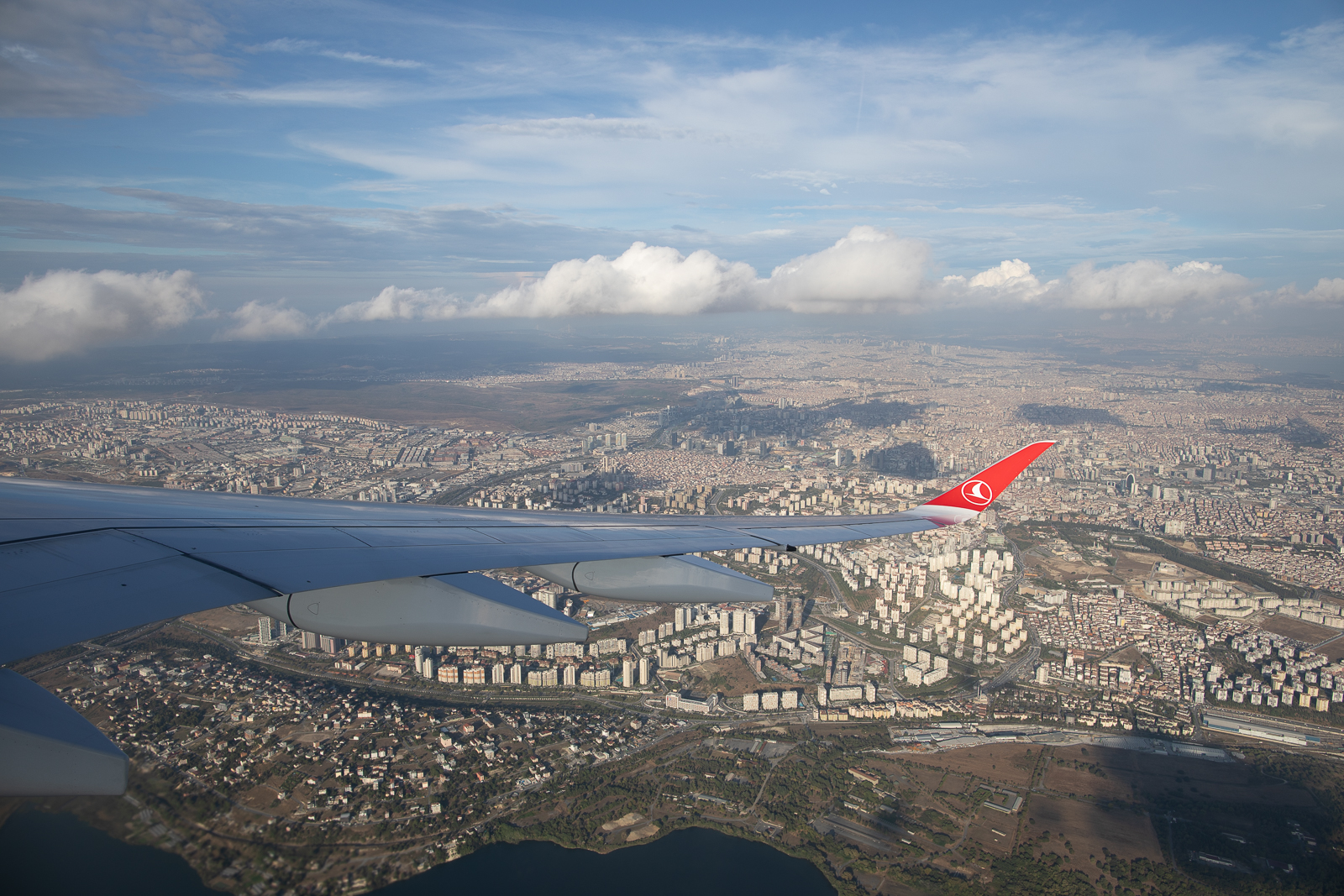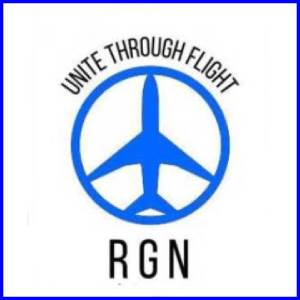 It’s a bit of a wonder that I haven’t flown with Turkish Airlines before. The Istanbul-based carrier is a behemoth, operating one of the most expansive international networks of any airline on the planet. It has a stellar reputation too, both up front and down back.
It’s a bit of a wonder that I haven’t flown with Turkish Airlines before. The Istanbul-based carrier is a behemoth, operating one of the most expansive international networks of any airline on the planet. It has a stellar reputation too, both up front and down back.
But for a variety of reasons, mostly around timing and alliance loyalty, Turkish never found its way into my plans. That is until a family member and I opted to book a Turkish getaway.
It just so happens that Turkish runs a daily nonstop flight from Istanbul to my home base of Seattle, plus a second frequency a few days a week during the summer. The US$750 one-way economy fare was neither the cheapest nor the most expensive option, but it was the fastest and best timed. Plus, I’m always up for a new experience.
The airline offers a handful of fare buckets for economy class, with most of the differences centering on seat choice, miles earned, refunds, and changes. I selected EcoFly, the basic economy equivalent. Seat choice added $39 to the total, for just under $800. That was still $50 or so less than standard economy.
A check on Flightradar24 the day of the flight showed our inbound aircraft running a few hours behind, which thankfully saved me from spending extra time at the airport.
Check-in on the app was uneventful, and a bag drop at the airport similarly went smoothly. A gate agent did initially enforce the carryon weight limits, which are a low 8kg/17.6lbs for roller bags and 4kg/8.8lbs for personal items. After a brief discussion, the agent thankfully relented.
Boarding kept slipping due to the late inbound, but finally got underway a few hours behind schedule. The airline boards back to front, splitting the cabin into two groups that formed large, snaking lines out into the terminal.
Once onboard, I settled into seat 31K of our Airbus A350-900 widebody jet. With only eight rows of business class and no premium economy offering, the airplane is densely packed with 297 economy seats arranged in a standard 3-3-3 configuration. Each seat has 32” of pitch (slightly above average), and 18” width (also slightly above average).
Waiting at each seat was a small amenity kit, headphones, blanket and pillow. The kit contained all the basics you might need, frankly nicer than some business class kits. On the one hand, I strongly dislike single-use products (an eco-friendly pack this is not). On the other hand, they were pretty cute and admittedly made a nice impression.
While I don’t have kids, I did notice crews perusing the aisles with adorable play kits for children. I’m not going to lie, I wanted one.
Despite a nearly full flight, bag space was easily found in the overhead bins. Luckily, we had one of the few rows with an empty seat, which made the 11-hour flight significantly more comfortable.
The first of two meal services began not long after departure. Paper menus were handed out, indicating a few different choices. Again, I chafe at the single-use materials but I also love a good paper menu.
Both entrées looked promising, but only one remained by the time the cart arrived an hour into the flight. The pasta was so-so at best, while the hummus side dish was pretty good. A sour cherry juice was the highlight, enough so that I went out of my way to find it in Istanbul after we landed.
A second service, breakfast, began a few hours before arrival. The eggs were light and fluffy, the fruit tasty, the rest forgettable. Given the absolute rave reviews that Turkish Airlines’ economy catering receives, I had higher hopes. I’d wager my experience may have been much better on a flight out of Istanbul.
The eight hours in between were spent dozing and interacting with the carrier’s excellent inflight entertainment system. Located in the seatback, the 11.5” touchscreen display was crisp and clear. It operated without any lag or hiccup. Moreover, it was exceptionally well-stocked, with over 700 movies and 1,700 TV options, plus a handful of live TV channels.
I easily found three movies to watch, and some music to zone out with while dozing.
The airline did provide its own headphones, which were fine if under-powered. Due to a difference in the pin type and lack of Bluetooth connectivity, my personal headset did not work. My travel mate was unlucky, as their audio jack didn’t work at all with anything. Luckily, they were able to borrow the jack from the empty seat in the row.
You can also run content from your personal device via Bluetooth. Unfortunately in order to work, it requires an app which I didn’t have, so I didn’t get to test it out.
Devices can be charged via USB-A and -C ports in the seatback; both worked well. The airline says each seat has an international power outlet under the seat, but I never found it.
Dozing was neither the easiest nor the hardest. The empty seat in the row enabled me to stretch out, as did the slightly above average pitch.
There’s no footrest, but the seat does recline a full six inches, according to the carrier. A winged headrest helped too, and at the end of the experience I probably slept two or three fitful hours. Fully functional air gaspers were also a nice addition to make the journey more comfortable.
I was looking forward to trying out the Wi-Fi, particularly as my ticket had proudly shared that there would be free, unlimited messaging. In reality, though, unlimited messaging cost US$5. Tiered data plans scaled up from there, reaching $35 for unlimited data throughout the flight.
I wound up grudgingly forking over the $5, and discovered a service that was pretty hit and miss. It cut out repeatedly and often slowed to a crawl, but I still felt I got my money’s worth out of it. More importantly, I’m glad I didn’t pay for a data plan.
The crew made up some time in the air, landing only 90 minutes late in the end. A checked bag appeared not long after arrival.
All in all, I had initially expected more from Turkish Airlines. Yet, as I’ve had time to digest the experience, I think this might have been a ‘victim of its own success’ type of situation.
Yes, there were hiccups and a few things under-performed. Still, the Turkish economy class experience remained well above the majority of its peers.
Related Articles:
All images credited to the author, Jeremy Dwyer-Lindgren











